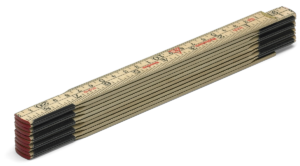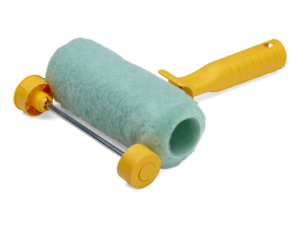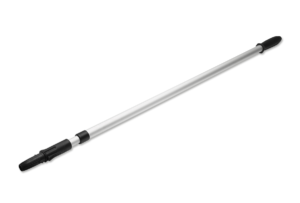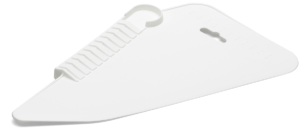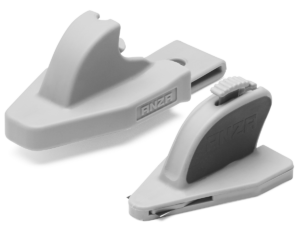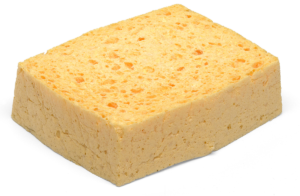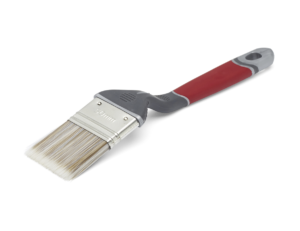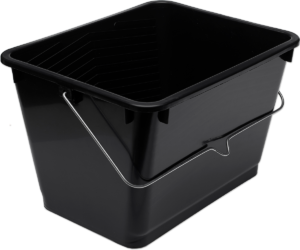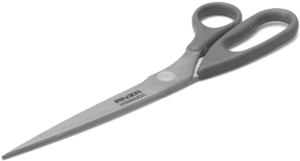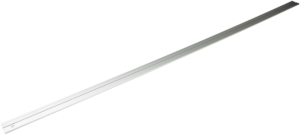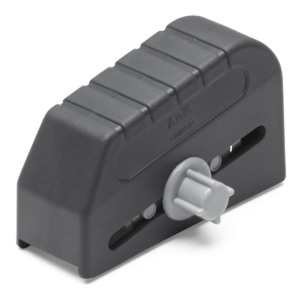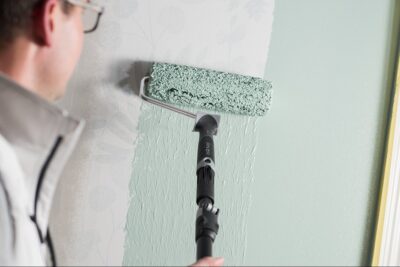- Home
- Wallpapering
- Wallpapering – how to, step by step
Wallpapering – how to, step by step
A new wallpaper can change the whole room. Here’s step-by-step help on how to wallpaper the right way so you can achieve a result you’ll be happy with – whether you use paper wallpaper or non woven/EasyUp wallpaper.
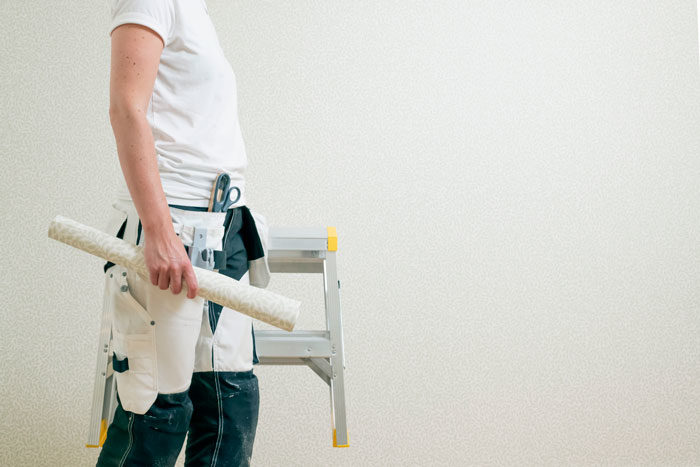
-
Steg 1/5 Prep work
Produkter i användning
-
Steg 2/5 Wallpapering
-
Steg 3/5 Pattern matching
Produkter i användning
-
Steg 4/5 Wallpapering corners
-
Steg 5/5 Wallpapering at windows and doors
Produkter i användning
Detaljerade instruktioner i text
Så gör du:
-
1Prep work-
-
2Wallpapering-
-
3Pattern matching-
-
4Wallpapering corners-
-
5Wallpapering at windows and doors-
-
Step by step
1/5 — Prep work -
Step by step
2/5 — Wallpapering -
Step by step
3/5 — Pattern matching -
Step by step
4/5 — Wallpapering corners -
Step by step
5/5 — Wallpapering at windows and doors
Step by Step
-
1Prep work
-
2Wallpapering
-
3Pattern matching
-
4Wallpapering corners
-
5Wallpapering at windows and doors
-
1
Prep work
Cover the floor
Start by cover your floor with rosin paper and masking tape to protect against wallpaper paste. Remove all switches and wall sockets.
Find the right corner to start in
Check which of the corners of the room is the least eye-catching. Start or finish wallpapering there. This is especially important if you are using patterned wallpaper.
Measure out the first wave
The first layer of wallpaper should overlap the corner by one centimetre. Measure the width of the wallpaper roll with a folding ruler and subtract 1 cm from the width. Then mark the measurement (width of the wallpaper roll – 1 cm) on the wall with a pencil.

Draw a plumb line on the wall
Walls are rarely perfectly straight. To make sure all the waves are straight, you need to solder the first wave. You can do this by drawing a so-called plumb line on the wall with a pencil and a spirit level.
Tip!
Draw only with pencil on the wall. If you use an ink pen, there is a risk that the markings will show through the wallpaper.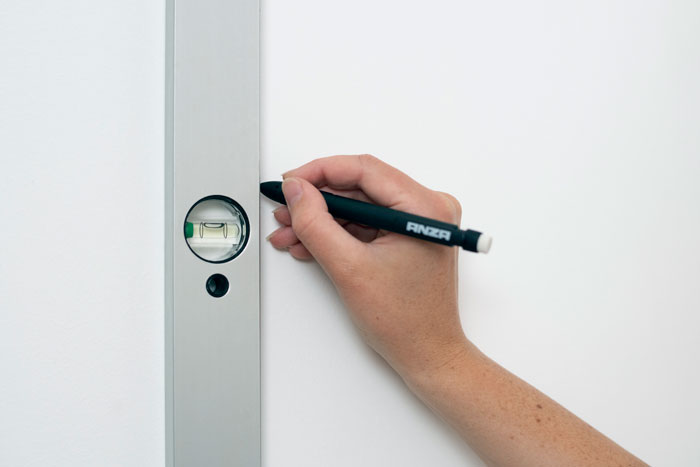
Now it’s time to move on to the actual wallpapering.
-
2
Wallpapering
Spread glue with roller
Spread glue on the wall. Use a roller designed for wallpaper glue – you’ll get the right amount of glue on the wall. Make sure the glue covers a little more than the width of the scales. Next to mouldings and in corners, it is easier to use a brush to get more precision.
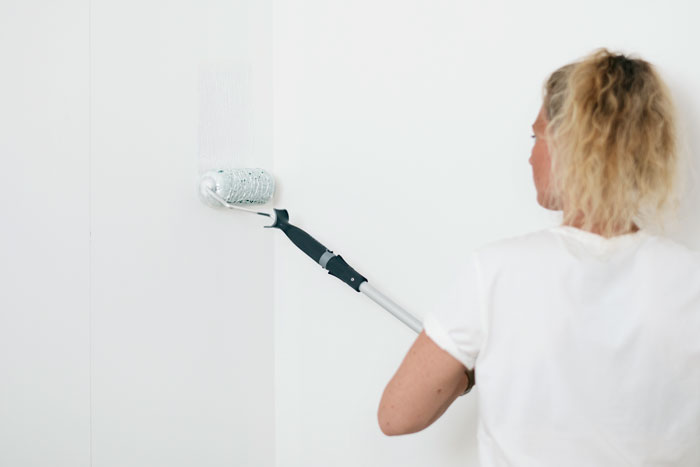
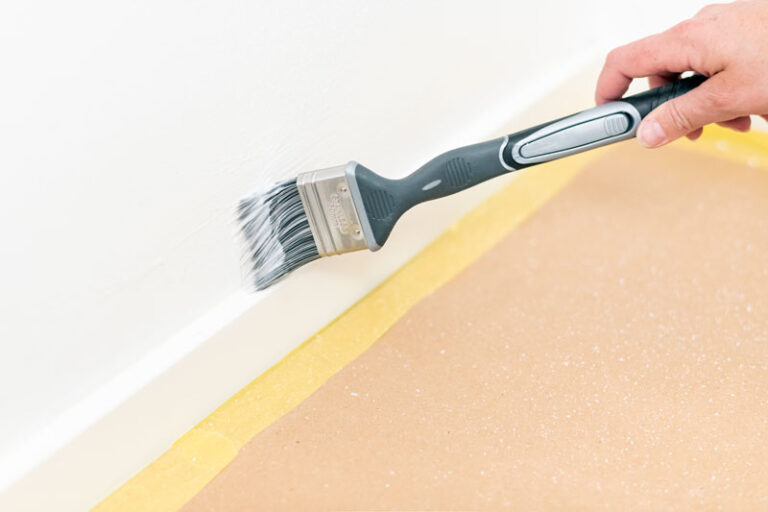
Attach the first wave
Loosely attach the first wallpaper strip, along the plumb line of the wall. Remember that the wallpaper should overlap the corner by 1 cm.

Smooth the paper with a wallpaper tool
Apply the wallpaper with a wallpaper tool. Start in the middle and work out towards the edges. Make sure the wallpaper is firmly attached and that there are no blisters. Be sure to press the wallpaper firmly into the corner.
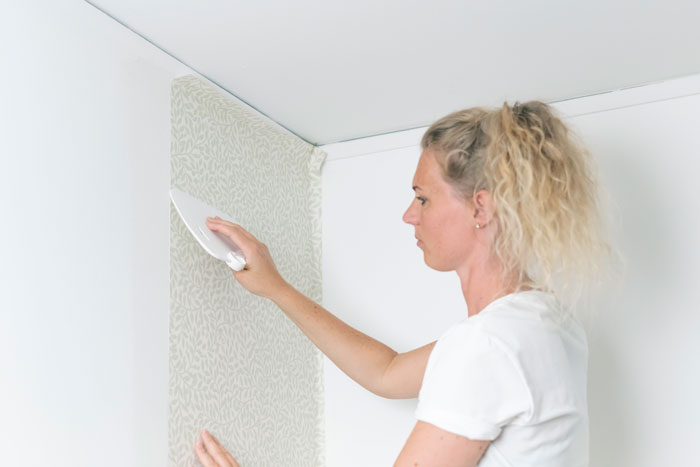
Cut the paper with a wallpaper knife
Cut the wallpaper along the skirting and cornice. Use a wallpaper knife. Make sure the blades are really sharp – otherwise you could tear the wallpaper.

Wipe off glue
Wipe off glue residue from the wallpaper and mouldings after each wallpaper strip with a wet sponge. Take plenty of water – otherwise the walls may become patchy.

Do the same after each wallpaper stripe.
The next step is to do any pattern matching, as well as wallpapering in corners and around doors and windows.
-
3
Pattern matching
Are you using a patterned wallpaper? Then you have to be careful with the pattern fit. Patterned wallpapers require a different working method compared to non-patterned wallpapers. Read more about how to do it in our guide: Pattern matching of wallpaper – how to, step by step.

-
4
Wallpapering corners
When wallpapering in corners, a special technique is required. The wallpaper must overlap the corner by 1 cm to ensure that it is stable and does not crack. Therefore, you need to cut the corner joint in two. Read more about how to do it in our guide: Wallpapering corners – step by step.


-
5
Wallpapering at windows and doors
For windows and doors, you need to glue a piece out on the window or door lining. Then pull up the wallpaper and pattern match if necessary.

Iron out and cut the wallpaper
Press the wallpaper with the wallpaper tool and cut it along the lining. Read more about how to do this in our guide:
Wallpapering around windows – how to, step by step.

